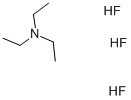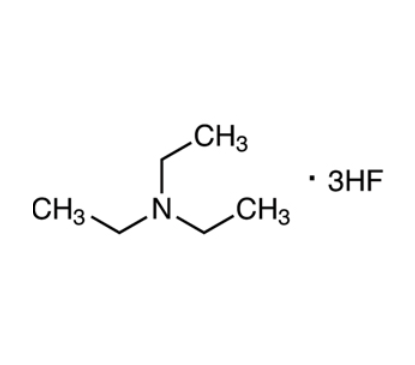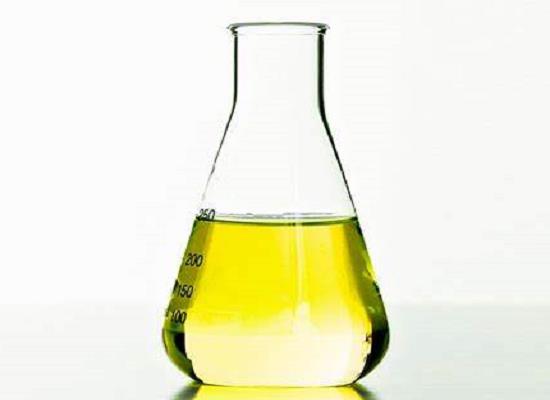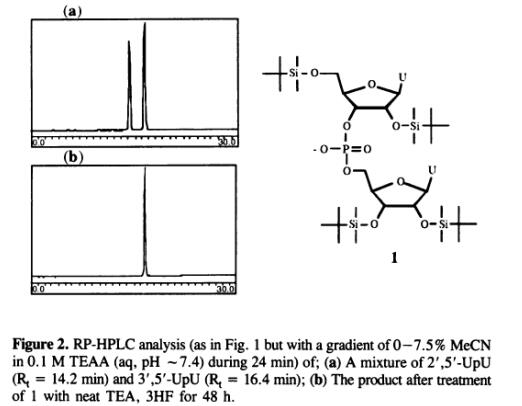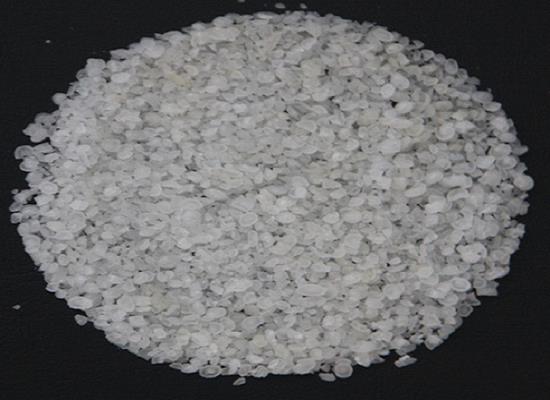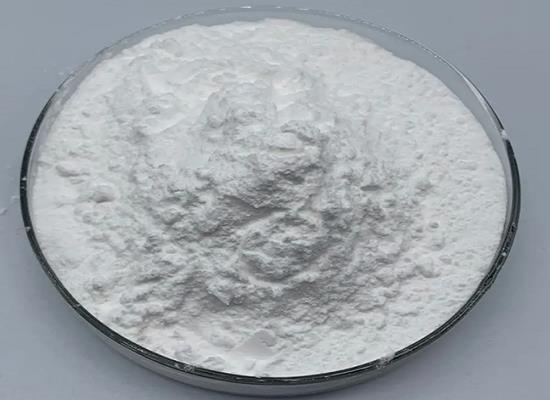Triethylamine trihydrofluoride: properties and applications
General Description
Triethylamine trihydrofluoride is a clear yellow to brown liquid with a strong ammonia-like odor. It is used as a reagent to prepare fluorides from organic compounds and as an intermediate for making various organic compounds, especially those containing fluorine. Triethylamine trihydrofluoride has applications in ceramic manufacturing, specifically in silicon carbide synthesis and microwave-assisted reactions. It allows for precise evaluation of chemical transformations without electromagnetic field effects. It is also involved in the selective fluorination of benzylic C-H bonds, enabling the incorporation of [(18)F] fluoride sources used in PET imaging. Another application is its use in the electrochemical fluorosulfonylation of styrenes, providing a sustainable and efficient method for synthesizing β-fluorosulfones.
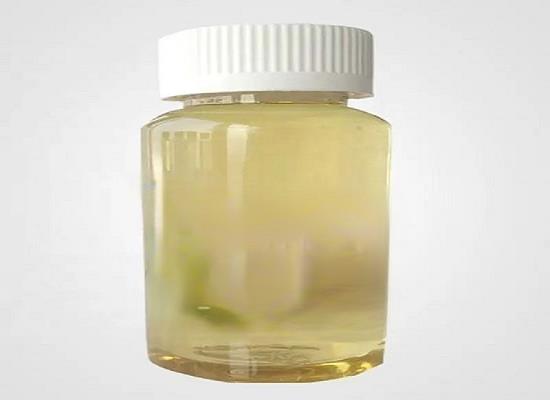
Figure 1. Triethylamine trihydrofluoride
Properties
Triethylamine trihydrofluoride, also known as Ethylamine hydrofluoride, is a colorless liquid with a strong ammonia-like odor. It is soluble in organic solvents such as dichloromethane, diethyl ether, and acetonitrile, but insoluble in water. This compound is used as a reagent for the preparation of fluorides from the corresponding organic compounds. Additionally, Triethylamine trihydrofluoride can be used as an intermediate for the preparation of various organic compounds, especially fluorine-containing ones. It has distinctive odor. The compound can be employed in various chemical reactions, such as acyl halide formation, Grignard reactions, and synthesis of aromatic nitro compounds. While Triethylamine trihydrofluoride is relatively low in toxicity, safety precautions should still be taken, including wearing protective gloves and eye protection, avoiding direct contact and inhalation of its vapor. 1
Applications
Ceramic manufacturing
Triethylamine trihydrofluoride finds application in ceramic manufacturing, particularly in the field of silicon carbide (SiC) synthesis and microwave-assisted reactions. Silicon carbide is a high-temperature ceramic material with excellent chemical inertness and thermal stability. When combined with SiC reaction vessels, Triethylamine trihydrofluoride enables the shielding of reaction contents from electromagnetic fields during microwave irradiation. The use of SiC reaction vessels in microwave reactors ensures that microwave irradiation does not directly affect the chemistry inside. This allows for precise evaluation of chemical transformations without electromagnetic field effects. The high chemical resistance of SiC permits the safe handling of corrosive reagents without material degradation. For example, high-temperature fluorine-chlorine exchange reactions utilizing Triethylamine trihydrofluoride can be carried out using SiC vessels. Additionally, the hydrolysis of nitriles with aqueous potassium hydroxide can be performed without damaging the SiC vessel. The unique combination of SiC high microwave absorptivity, thermal conductivity, and effusivity, along with its exceptional temperature, pressure, and corrosion resistance, make it an ideal material for manufacturing reaction vessels in microwave-assisted processes. 2
Selective fluorination of benzylic C-H bonds
Triethylamine trihydrofluoride plays a crucial role in the selective fluorination of benzylic C-H bonds, offering an efficient protocol for this transformation. The process is catalyzed by manganese salen complexes and utilizes nucleophilic fluorine sources like triethylamine trihydrofluoride and potassium fluoride (KF). When used as a nucleophilic fluorine source, triethylamine trihydrofluoride enables the addition of fluorine to benzylic C-H bonds with high selectivity. This reaction is significant because it allows for the incorporation of [(18)F] fluoride sources, which are commonly used in positron emission tomography (PET) imaging applications. The reaction exhibits favorable kinetics, with reaction times as short as 30 minutes, making it practical for quick and efficient transformations. The successful incorporation of fluorine atoms through this method opens up new possibilities for the development of radiotracers and imaging agents used in PET scans, where the visualization and tracking of specific molecules or biological processes within the body is essential. By employing triethylamine trihydrofluoride alongside manganese salen complexes and other nucleophilic fluorine sources, scientists have established a valuable tool for selectively introducing fluorine atoms into benzylic C-H bonds, ultimately paving the way for advancements in PET imaging and related research areas. 3
Electrochemical fluorosulfonylation of styrenes
Triethylamine trihydrofluoride finds application as a key component in an environmentally friendly and highly efficient electrochemical fluorosulfonylation of styrenes. This innovative method allows for the synthesis of a wide range of β-fluorosulfones by utilizing sulfonylhydrazides and triethylamine trihydrofluoride. The reaction conditions employed in this process are mild, making it well-suited for various substrates. The broad substrate scope enables the synthesis of diverse β-fluorosulfones without the need for harsh reaction conditions or excessive reagent quantities. Notably, this methodology can be conveniently scaled up to gram-scale preparations, demonstrating its practicality and potential for industrial applications. By harnessing the unique properties of triethylamine trihydrofluoride, along with sulfonylhydrazides, this electrochemical fluorosulfonylation approach provides a sustainable and efficient strategy for the synthesis of valuable β-fluorosulfones. It offers a greener alternative to traditional methods while maintaining high yields and functional group tolerance, contributing to the advancement of synthetic chemistry and the development of new functional materials. 4
Reference
1. PubChem. COMPOUND SUMMARY: Triethylamine trihydrofluoride. National Library of Medicine, 2005, CID:175505.
2. Gutmann B, Obermayer D, Reichart B, Prekodravac B, Irfan M, Kremsner JM, Kappe CO. Sintered silicon carbide: a new ceramic vessel material for microwave chemistry in single-mode reactors. Chemistry, 2010, 16(40):12182-12194.
3. Liu W, Groves JT. Manganese-catalyzed oxidative benzylic C-H fluorination by fluoride ions. Angew Chem Int Ed Engl, 2013, 52(23):6024-6027.
4. Jiang YM, Yu Y, Wu SF, Yan H, Yuan Y, Ye KY. Electrochemical fluorosulfonylation of styrenes. Chem Commun (Camb), 2021, 57(87):11481-11484.
Related articles And Qustion
See also
Lastest Price from Triethylamine trihydrofluoride manufacturers
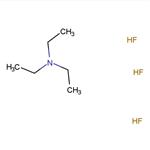
US $0.00/KG2025-11-21
- CAS:
- 73602-61-6
- Min. Order:
- 2000KG
- Purity:
- 99.9%
- Supply Ability:
- 20tons

US $1.00/KG2025-08-29
- CAS:
- 73602-61-6
- Min. Order:
- 1KG
- Purity:
- 99%
- Supply Ability:
- 20T
